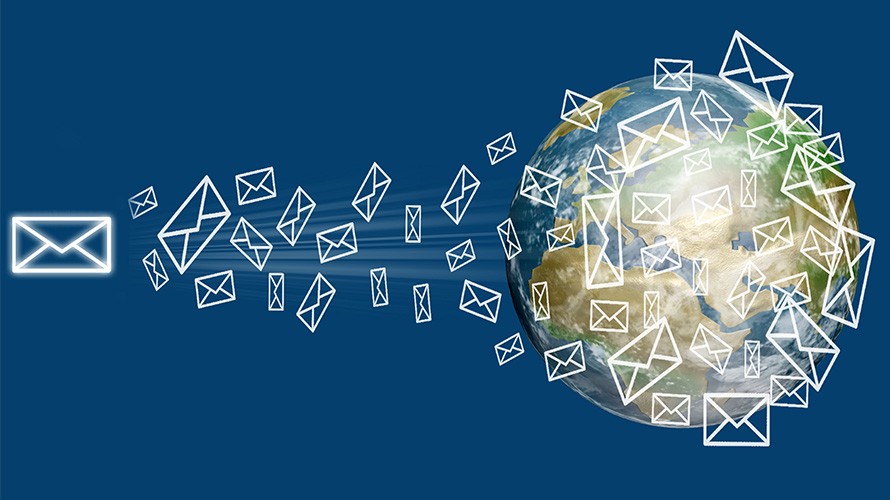You may ask yourself: in the age of YouTube ads and WhatsApp messaging, is it worth investing in email marketing?
The truth is that email marketing remains a widely used tool by most companies. According to statistics from Statista, DMA and the Content Marketing Institute (gathered here by Oberlo), 87% of marketers worldwide use e-mail to reach their clients and prospects. And this makes sense, if you think that in 2019 there were 3.9 billion email users worldwide — and that statistically, for every $1 dollar spent on e-mail marketing, you can expect a return of $42.
It’s clear then that when well applied, this strategy can generate more sales. And “well-applied” means, among other things, “localized”.
What is location-based marketing?
Location-based marketing is marketing that targets people according to the place where they are. Through their mobile device, it detects where the person is, and sends them the most relevant ads.
For instance, suppose you are a company selling mountain gear. You learn your prospect is staying at a mountain town where you have a shop. You can then send them an email with your offers on hiking boots.
The basic advantage of location-based marketing is that it targets prospects in a much more customized way, which decreases the chances that the ad will end up in the spam folder.
How can you localize your email marketing campaign?
But in order to achieve an effective e-mail localization, it’s not enough to know where your prospect is. You have to pay attention to many things — particularly if you do business in other regions or countries:

- Are your email design and content appropriate to the local culture? For instance, in Western countries, weekend is Saturday and Sunday — but your prospect in Dubai may not be interested in your weekend deal if his day off is on Friday.
- What time zone are your prospects in? It’s no use sending them a deal that’s valid until tomorrow if they are already living tomorrow.
- Can you address your prospects in their own language? As with content sharing or websites, when we talk about a global audience, content in the prospect’s native language generates more confidence. Consequently, it increases the possibility of generating business.
What is the best tool for email marketing translation?
It’s possible to create original email copy in other languages, but only if you are a big company and can afford an in-house team of copywriters from all the locations you target. For many companies, translation is a much better solution.
But obviously, not just any translation will do. And if you are thinking of the easy way, automated translation, remember the dangers that come with it:
- Even with the best translation software, technical terms, jargon, and local and idiomatic expressions are lost, no to mention all the likely mistranslations. This can make your email ads ridiculous — or simply unintelligible;
- Translation software can also make a mess of special characters, and ruin your ad’s message.
So, with something as crucial as email marketing translation, your best tool is human translation — particularly a team of natives, composed of translator and reviewer. They will localize your content in ways that a machine cannot:
- A native of the region you target knows exactly how to use the local variety of the language. Slang, funny terms, idioms — your translation team will help you reach your local audience by speaking a local voice;
- If you are marketing a product for a specific industry, you can have an insider translate the content for you. They will translate the jargon and slang, so your prospect feels that you know their needs — and know what you are talking about.
But even if you are a big company with an in-house translation team, you may not be able to include in that team native people from every region you do business with, or the different industries you target. In that case, you can get a team of native specialized translators by using our ISO-certified translation service. They are not only monitored and tested, but you will also benefit from the expert review step we provide
E-mail is the third most used marketing tool, and effective localization will help you make the most of it. That’s why you should invest in native, human translation of your marketing emails.




























